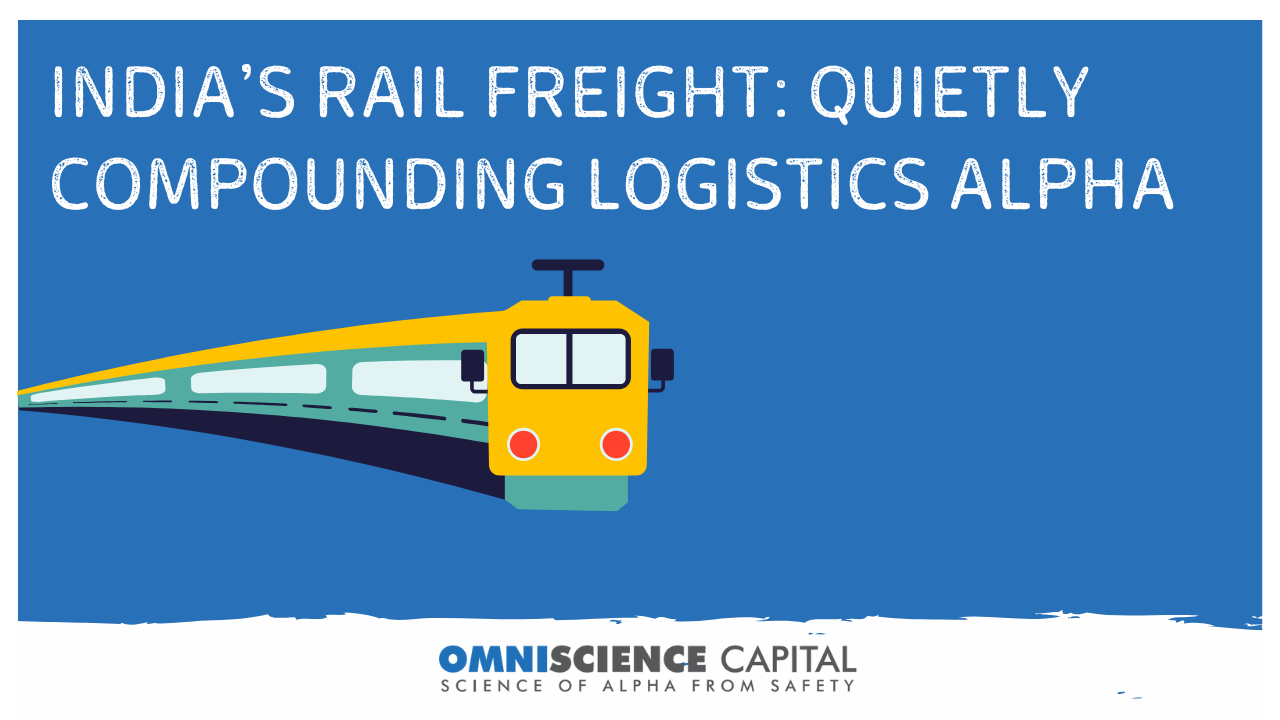
Railways as a Catalyst for Economic Acceleration
India is laying down more than just tracks—it’s laying the groundwork for a new economic velocity. The logistics transformation via Indian Railways is one of the most underappreciated structural stories in the market.
Next-Gen Freight: Capacity Meets Efficiency
Let’s start with capacity. In February 2025, KIA launched the country’s first double-decker SUV freight train, moving 264 vehicles per rake—twice the load, half the cost per unit. Over 60,000 SUVs have already been shipped. This isn’t optics; it’s operating leverage in motion.
Dedicated Freight Corridors: The Real Game-Changer
But the real story is the Dedicated Freight Corridors (DFCs). With over 2,843 km commissioned across Eastern and Western DFCs, we’re seeing the emergence of a logistics backbone that works. Daily train operations grew 42% YoY, speeds are 2x higher than conventional freight lines, and gross tonne-kilometres are compounding at triple-digit CAGRs.

Western DFC: A Case Study in Scale and Precision
The Western DFC alone clocked a 231% CAGR over 4 years. Total freight trains run in FY24 – 88,225. Capex deployed – ₹940 billion. This is not just infrastructure—it’s scale meeting precision.

Cost Compression and Sector-Wide Margin Unlock
With India’s logistics cost at 14% of GDP, and rail’s share poised to rise from 27% to 45%, DFCs could compress costs to 7–8%. The earnings unlock for sectors like manufacturing, autos, and FMCG will be immense.
This Is Margin Expansion on Rails
This is not a capex cycle. This is margin expansion on rails.
